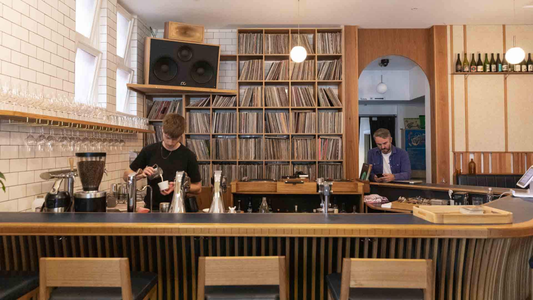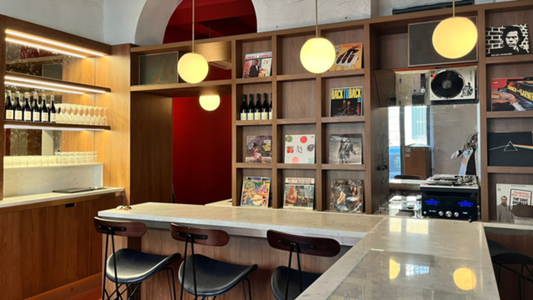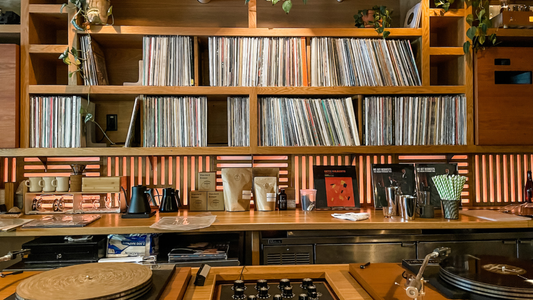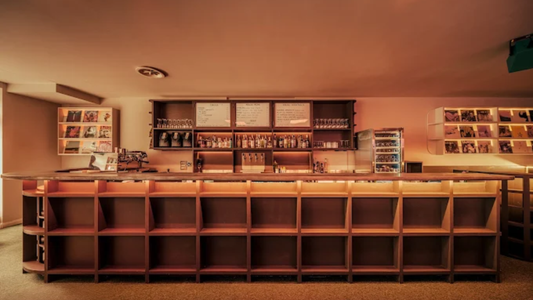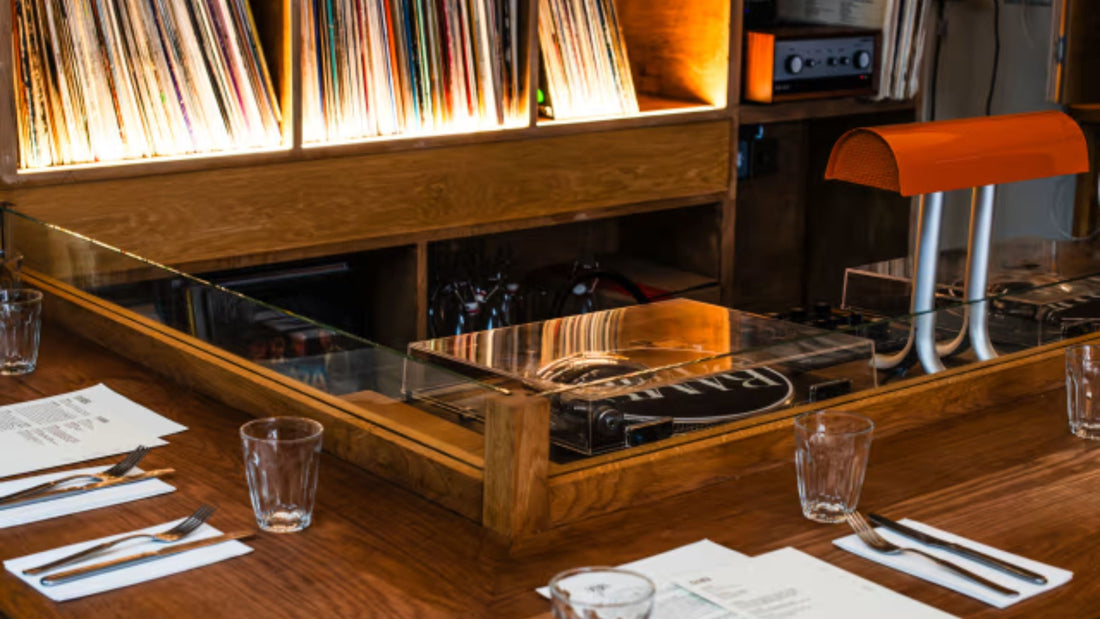
Bambi — Vinyl, Wine & Warmth in Hackney
Rafi Mercer
New Listing
Address: Netil House, 1 Westgate Street, London E8 3RL, United Kingdom
Website:
Phone:
It’s late afternoon in Hackney, and Netil House stands quiet—a creative haunt awaiting its people. Step through the door of Bambi, however, and the hush tilts to hush-with-promise. Oak surfaces glow under soft light; vinyl sleeves climb the walls. The air is expectant, not seeking, of sound that’s more invitation than intrusion.

Vinyl isn’t just decoration here; it’s both décor and declaration. I look up at a grid of records behind the bar—a curated timeline that spills into the booth—with familiar titles from disco, soul, funk, and jazz that feel as considered as the lighting. Subtle, not precious, that’s the first clue that you’re not here for a gimmick. You’re here to listen.
The creators, James Dye and chef Henry Freestone, built Bambi as a living room you never leave. During the week, the tone is gentle. You might share roast cauliflower arancini dusted with something green, or buttery ricotta toast topped with honey and pickles. None of it shouts; it nudges.
And wine is both theatre and conversation. Natural selections arrive in glasses that feel chosen, not generic, and each sip stretches into the next record cue. The food and drink don’t compete with the music—they dance with it.
The sound system is a masterpiece of understatement. Friendly Pressure built it to talk, not shout—midnight tones, a bass that breathes rather than thumps, mids that coax conversation rather than muddle it. I lean over the bar and hear the crisp details of every cymbal brush and vocal nuance without raising my voice. That’s finesse in sound design.
On Fridays and Saturdays, Bambi’s tempo lifts without tipping into club territory. The plates shift aside; the stools swivel; the booth becomes a stage. You feel music pulse quietly beneath everything—warm but persistent. The crowd changes, but not in vibe—just in energy. People move closer to the booth; nods find rhythm; the room breathes with the records.
Part of Bambi’s elegance is that it doesn’t push for attention. The signage outside is modest, even discreet. Reservations open thirty days ahead, and walk-ins are common. Even so, I see people scan the buzzy display before committing. The place trusts curiosity to work its own timings.
The space itself resists flash. The palette is warm—beige plaster, honeyed oak, gentle brass accents. Seating follows soft arcs, not lines of march, meaning no seat feels last row. Lighting is low, sculpted, designed to kiss faces rather than cast harsh shadows. The DJ booth feels like a sunken conversation pit. You could enter just for wine and stay for a realignment of your senses.
Walk out into the street after a night at Bambi and you’ll notice the difference. Hackney hums quieter now, slightly slowed. Conversations on the pavement feel richer. You don’t carry ringing ears; you carry something softer—a memory of sound holding you, instead of chasing your attention.
This is why Bambi fits Tracks & Tales: it is not a bar with a playlist. It is a venue crafted for listening, where every choice in sound, light, furniture, wine, and food was made with that purpose. Not a destination built; a scene grown.
Rafi Mercer writes about the spaces where music matters. For more stories from the Tracks & Tales, subscribe, or click here to read more.
